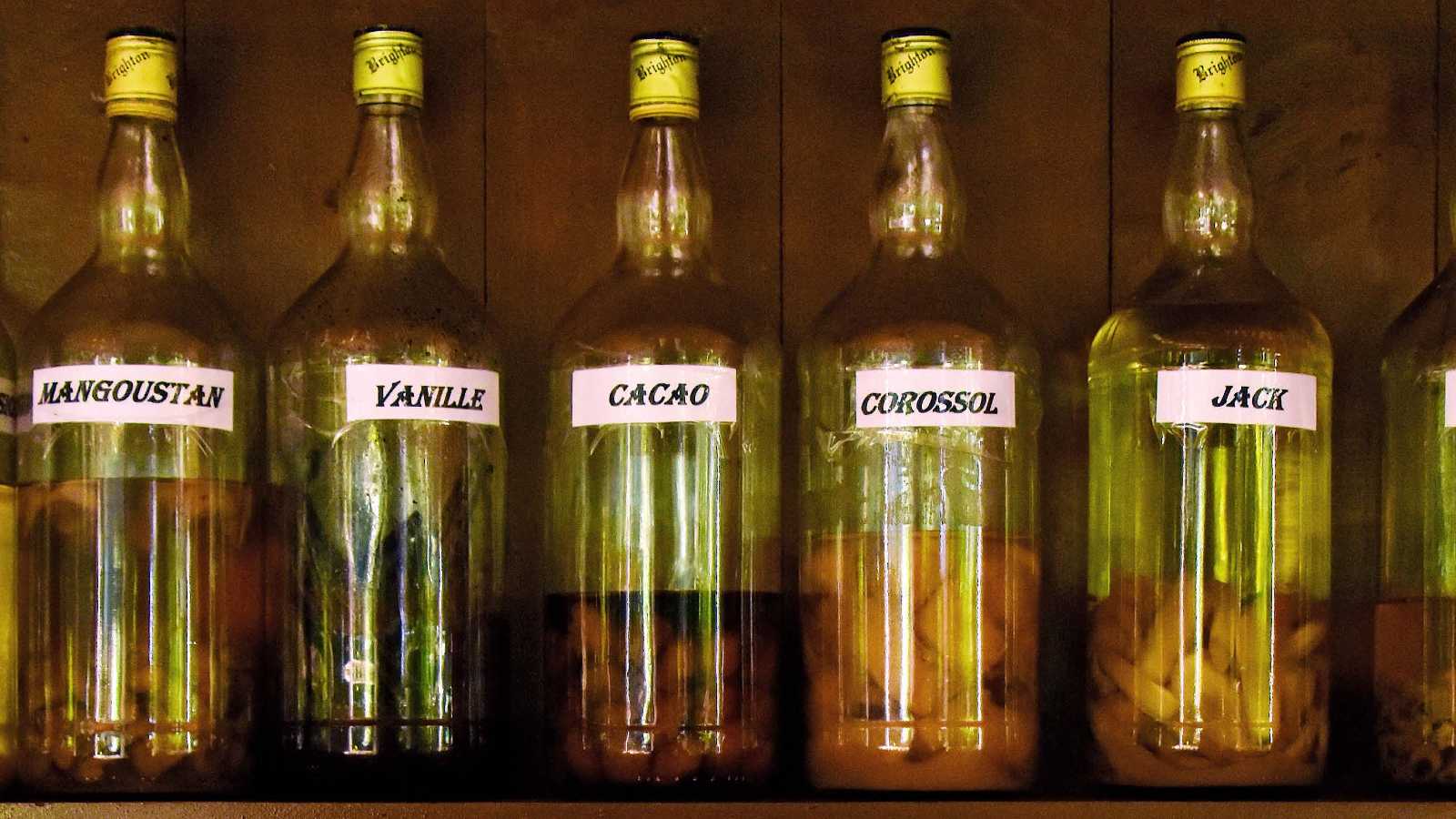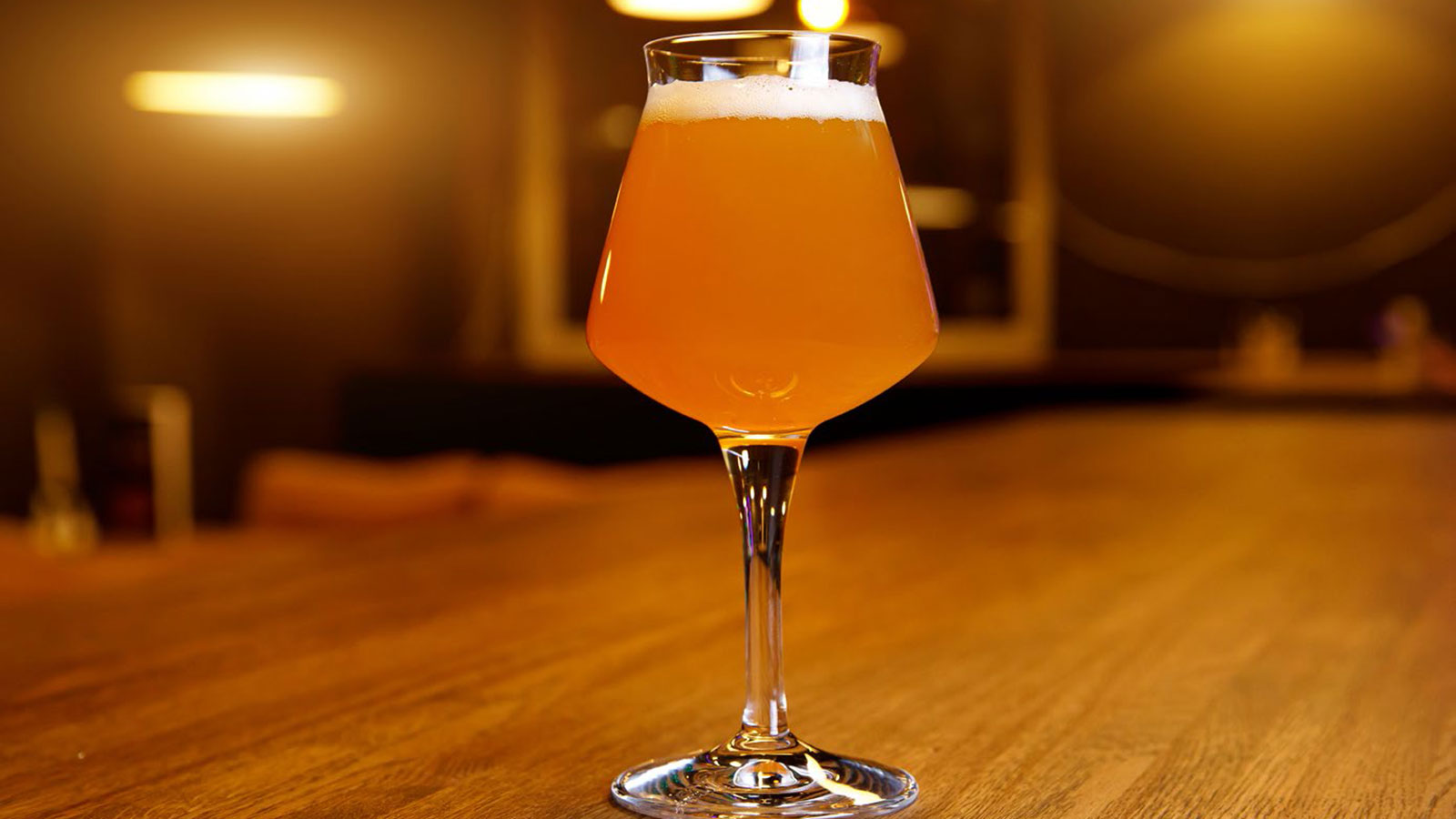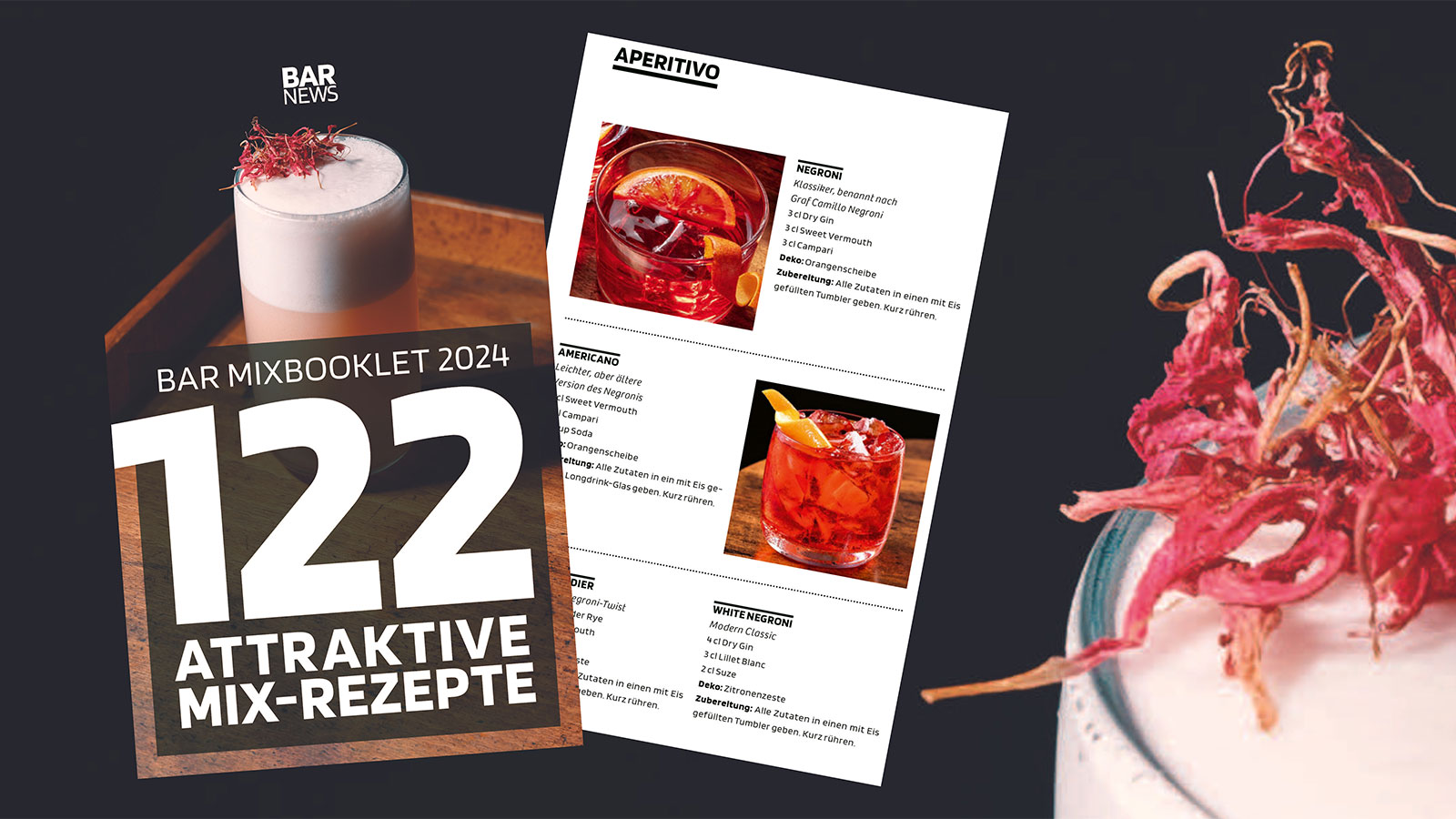When talking about spiced rum, one should be aware that this category, at least legally, does not exist. Rum, like whisky or wine spirits, belongs to those spirits that may not be flavoured - at least if they are marketed as such.
It is also legally defined that rum has at least 37.5% alcohol by volume and is distilled exclusively by alcoholic fermentation and distillation of sugar cane molasses, syrup or the juice of the sugar cane to a maximum of 96% by volume.
Marked increase
The share of spiced rum in the overall rum market in Switzerland increased by almost 7 per cent in 2018 compared to the previous year. In 2019, the increase is even 25 per cent compared to the previous year. The share of spiced rum compared to the total rum market is nevertheless relatively small.
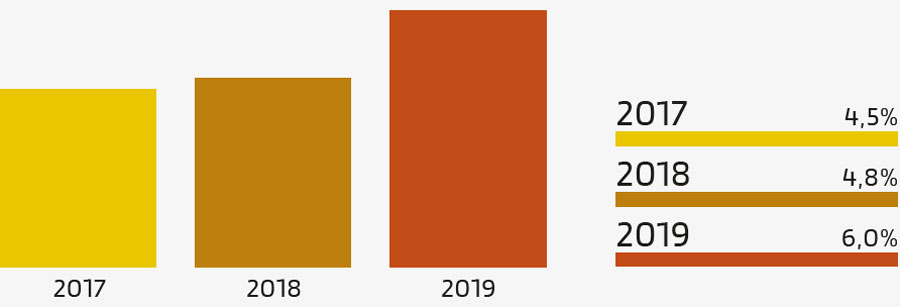
If the "Spiced Rum" meets these criteria, we often find the designation Rum, flavoured, spiced or infused with... on the bottle label. Therefore, the sales description for these products is also "Spirit Drink".
Nevertheless, we are talking about spiced rum in this article, because everyone Barkeeper should have about the same idea. Admittedly, what we mean by spiced rum is not the drink of those rum lovers who most enjoy unsweetened, original distillates made from sugar cane juice or molasses and bottled directly from the barrel.
Heavily made-up to cover up any impurities - this was the reputation that preceded the category.
There is a greater likelihood of seeing these fun spirits in the hands of young people, to whom these products are mainly marketed. But just as a distillate sometimes needs to be stored for some time before it reaches its full flavour potential, so it is often the case with spirit categories.
If you look at the spiced rums of the past few years, which are now new on the shelves of well-stocked bars, there are many indications that we will continue to deal intensively with this category in the coming decades.
Spiced Rum comes of age
Heavy make-up to cover up any impurities - this was the reputation that preceded the category. Today, however, there are convincing products that rely on more than just sophisticated marketing. Those who turn away from spiced rum on principle, but at the same time count themselves among the gin lovers (especially of the more sweetly fruity variety), lay the narrow span of their horizons openly on the table.
Spiced rum can combine local spices (and fruits) with the art of regional distillation. This is a recipe that helped gin to break through as the number one trend spirit in terms of the possible diversity of the range as well as the potential uses. At the same time, flavoured rums can look back on a long tradition.
On the island of Hispaniola on the territory of today's Dominican Republic, rum has been used for centuries with roots, wood bark and other spices as a drink - but also as a remedy and even an aphrodisiac. In this country, mamajuana is largely unknown and usually only finds its way into local shot glasses in the hand luggage of Caribbean tourists.
Supplier of Spiced Rum in Switzerland
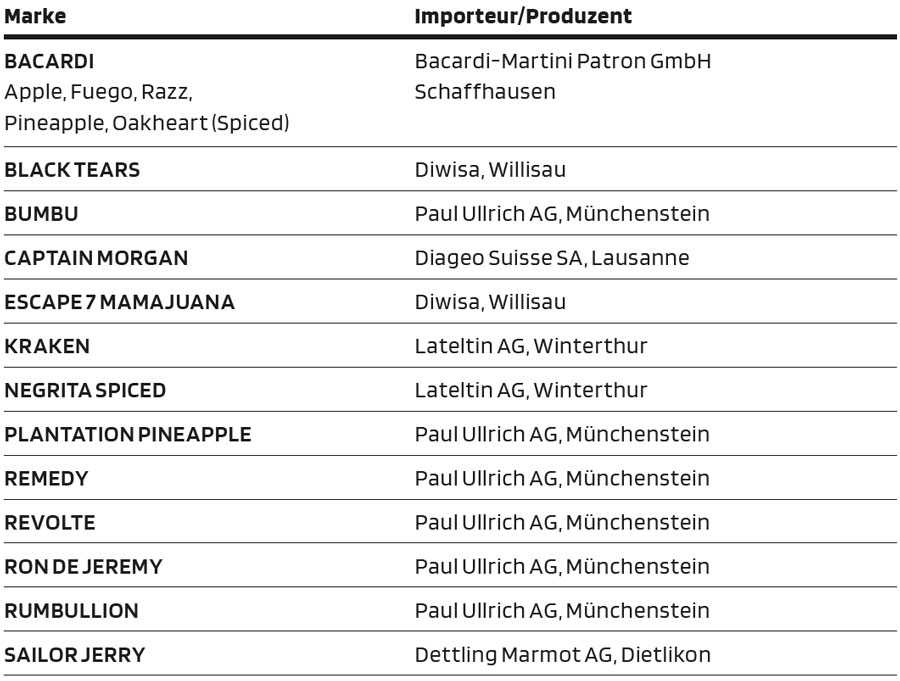
In Haïti, the French-speaking part of the island, people know Kleren Trempè. Clairin (Creole: Kleren), the flavoured Haïtian rum variant, is "soaked" (French: tremper) with spices such as star anise, cinnamon, bitter melon, etc. It is also known in other regions with a French rhum tradition. Flavoured distillates are also found in other regions with a French rhum tradition, mostly under the name Rhum arrangé.
On the French island of La Réunion, which is located on a historic spice route in the Indian Ocean, people are familiar with rhum vanilla. This is not surprising, as the largest quantity of the aromatic pod is grown on the neighbouring island of Madagascar. Today, flavoured rums are also produced from molasses or sugar cane juice on the island of Mauritius.
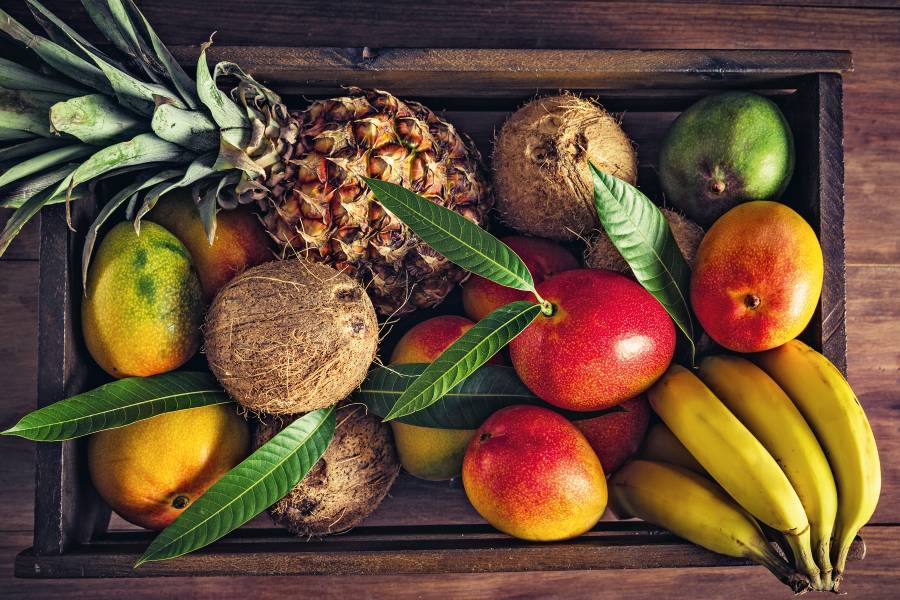
Although sugar cane has been cultivated on Mauritius for centuries, rums from the island have only been noticed on the world market for a few years. In this context, the rum island of Jamaica should not go unmentioned.
The rum for Diageo's Captain Morgan brand is distilled here for what is probably the best-known spiced rum brand. But that is only half the truth. Only part of the rum in Captain Morgan actually comes from Jamaica. The situation is different if you buy a bottle of Captain Morgan in Jamaica itself. Because Diageo does not own the distribution rights for its Captain in Jamaica, of all places. The Captain Morgan available in Jamaica is produced by Wray & Nephew, which in turn is owned by the Campari Group.
The Spiced Rum Market
Alongside the market leaders Captain Morgan and Bacardi Oakheart (recently on sale as Bacardi Spiced), "The Kraken" began to make the world's oceans, or rather the world market for flavoured rums, unsafe a few years ago.
Black Tears, which is said to be the first spiced rum from Cuba, is very precise about its designation of origin. While most of these spiced rums keep the recipe of their "spices" secret, the bottle labels contain details such as vanilla, cloves, cinnamon, nutmeg, citrus zest, coconut, pineapple, mango, cardamom, coffee or cocoa.
Whether these are natural ingredients or merely artificial flavours or even just tasting notes is often difficult or impossible for the consumer to discern.
The Plantation Pineapple is a good example of how good storytelling does not have to be based on fiction. Alexandre Gabriel from Maison Ferrand worked together with cocktail historian David Wondrich on the development of this rum, which is based on a recipe from 1824. Another example of a premium spiced rum is Ableforth's Rumbullion, which is available in a Navy Strength and a 15-year-old bottling in addition to the regular one.
There is hardly a rum-producing country where flavoured rums (or rum liqueurs) are not produced. From the Caribbean to the Canary Islands with their Ronmiel, from Tahiti to Australia to the Indian Ocean islands - spiced rums around the globe are waiting to be discovered.

